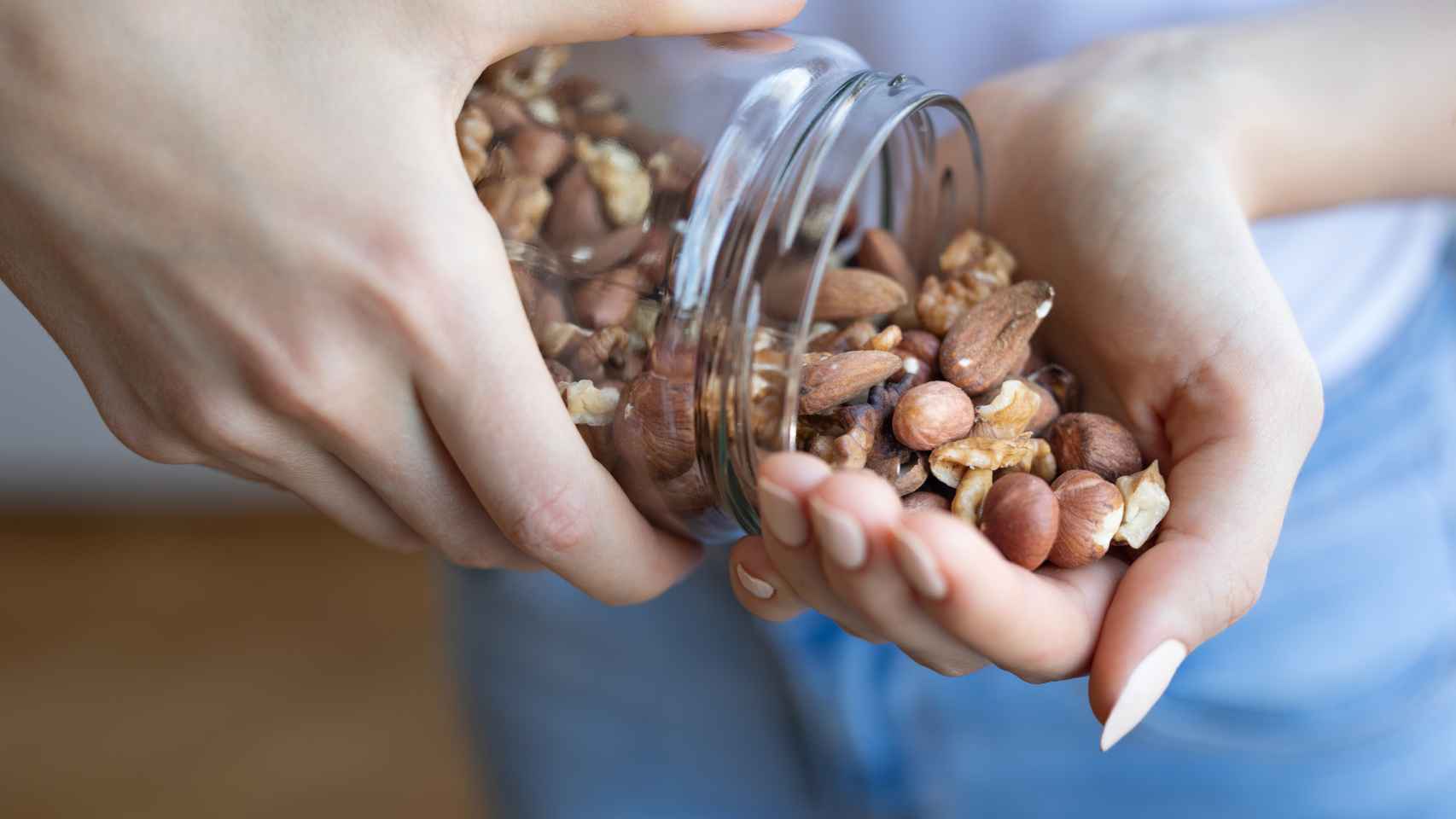Related news
Although eating nuts is a very healthy habit, many people still think that they are a forbidden food. They are delicious, but very caloric and here in Spain we associate them with aperitif time or snacking between meals. The most addictive are usually those with a shell and, if we know how to stop, they can also be very healthy. In this sense, pistachios in their right measure offer a lot of health benefits.
Yes, it is true that pistachios are high in calories and high in fat, but this does not mean that they are bad or that they are fattening. In fact, this food is not related to obesity and has been shown to prevent cardiovascular disease. This happens because the vast majority of its fats are monounsaturated —That is, they help reduce blood cholesterol— and contain a good proportion of fiber —Which has a satiating effect and, therefore, avoids the overconsumption of calories.
Therefore, we do not need to avoid taking them when we go on a diet; moreover, its consumption is recommended. If we want to take them every day we can measure the perfect portion with our own hand: we shouldn’t eat more than can fit in a handful. In any case, some scientists have quantified the perfect portion of these nuts: if we eat 49 a week we will obtain benefits without harming our health.
If you are looking for potassium
Pistachios are a perfect food to take care of our heart, as long as we do not eat them with excess salt or added fats. Consuming them regularly allows you to maintain healthy blood cholesterol levels, but also also has effects on blood pressure. In fact, a review of 21 scientific studies published in The American Journal of Clinical Nutrition has proclaimed it as the most effective dried fruit to control hypertension.
What is this ability due to? Apart from the good fat profile it has, pistachios are characterized by containing a large proportion of potassium. Although it has always been said that the quintessential source of this mineral is the banana, pistachios are home to more than twice that of this fruit. While 100 grams of bananas have about 350 milligrams of potassium, pistachios contain 811 in the same amount.
Potassium is a key electrolyte for good cardiovascular health because it has a very close relationship with heart rate levels. Specifically, potassium helps the heart function since it is essential for the myocardial cells to contract. According to the Spanish Society of Primary Care Physicians (Semergen), more than 15 million people in Spain suffer from hypertension and, for this reason, the consumption of potassium – and the reduction of sodium in many cases – is so important.
Calcium, iron and antioxidants
However, potassium is not the only mineral that stands out in the composition of pistachios. This dried fruit is considered a source of calcium and, in fact, outperforms some dairy like milk and yogurt; cheeses, however, do outperform this nut in terms of calcium. Anyway, pistachios and also almonds are a good alternative for people who cannot take dairy and need to improve their calcium intake.
Among the great variety of minerals found within pistachios iron is found in a proportion very similar to that of lentils. This legume contains, specifically, 7.1 milligrams of this mineral for every 100 grams of product and the pistachio has 7.2 milligrams in the same amount. However, the iron that comes from plant sources is more difficult for the body to absorb, but this capacity can be increased if it is combined with foods rich in vitamin C: such as peppers or citrus fruits.
Another aspect for which pistachios stand out is for their content of antioxidant compounds. In this sense, its content in vitamin E or tocopherol is relevant. As explained in this article in EL ESPAÑOL, “it protects cell membranes from deterioration due to the release of oxygen-containing free radicals. […] It can be useful in preventing aging, the effects of environmental toxins or the triggering of some forms of cancer. “
Follow the topics that interest you
Reference-www.elespanol.com
